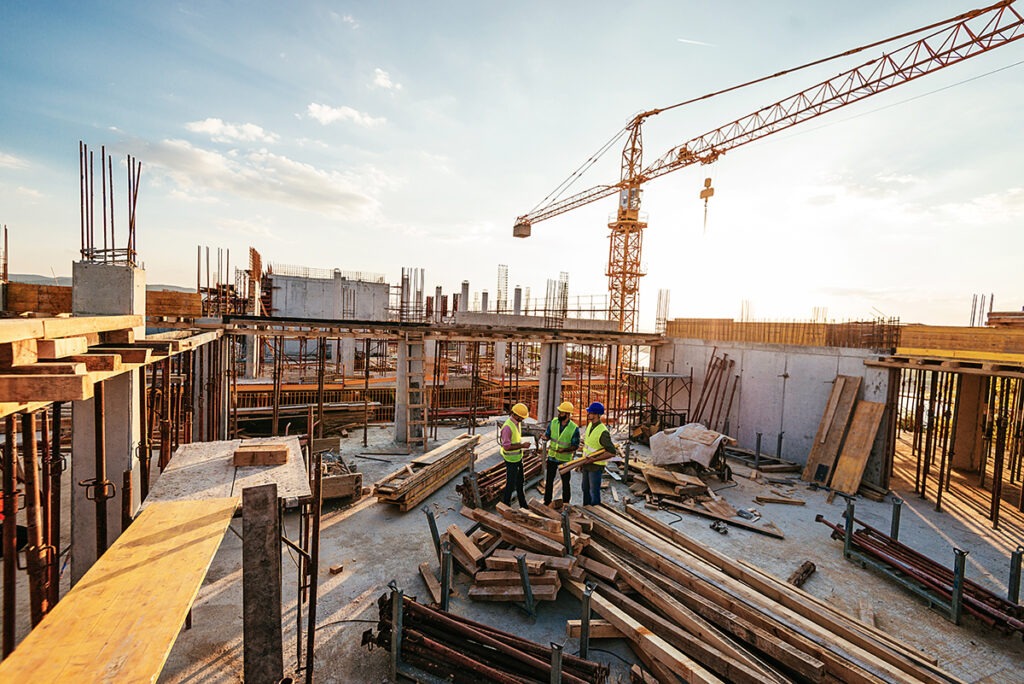Housing Delivery – How to be better?

With the dust settling on Budget 2023, the industry is digesting and responding to the fact that this so-called “giveaway budget” is simply the latest in a wave of poor policy-making for housing delivery. Looking solely at the numbers, the stock of second-hand homes for sale has dropped by 26 percent over the past three years and the number of homes available to rent is just 716 (August data), down from an average of 9,300 before the pandemic.
Also, residential property prices rose by 12.2 percent in the year to August, down from an annual increase of 13.3 percent in the previous month, according to the most recently published property price index from the Central Statistics Office. In the capital, property prices increased 9.7 percent, while prices outside of Dublin increased 14.2 percent year-on-year.
On the construction front, just as the sector returns to growth – despite increasing input costs – the Irish Green Building Council has released a publication that demonstrates how Ireland’s housing targets “do not chime with climate ones”, as summarised by The Irish Times. In fact, the reporting suggested that the State may need to limit home-building to just 21,000 homes per year in order to meet climate targets, which is nonsensical at this point in the housing shortage. The conversation cannot be reduced to building fewer homes when Ireland badly needs more. Instead, we need to get better at finding the opportunities in bringing existing buildings back into use, ensuring that newly-built homes are highly energy efficient, and ensuring the construction process of delivering these new homes is low carbon.
Putting further pressure on delivery, Dublin City Council (DCC) and Dun Laoghaire Rathdown County Council have both indicated a “dramatic shift” from current reliance on leasing social housing and towards new-builds, estimating a combined delivery of 19,000 new homes over the next five years. Given that local authority house building has yet to ramp up, these homes will be delivered through the private sector – viability issues cannot continue to be ignored.
But what can be done?
Architect Hugh Wallace published an interesting column this week, rallying local authorities to get their “ambition back and plan homes for all”. He believes that the State has all the financial firepower it needs and plenty of delivery mechanisms, but “the problem is that no single authority is tasked with delivering the social and affordable homes we need in a structured and value-driven manner” through these delivery mechanisms i.e. approved housing bodies, private developers, local authorities and the Land Development Agency.
In its simplest form, this sounds like a call for better planning, better procurement processes and better project management, all of which would be welcomed by the industry.
Ian Lawlor
086 3625482
Managing Director
Lotus Investment Group
